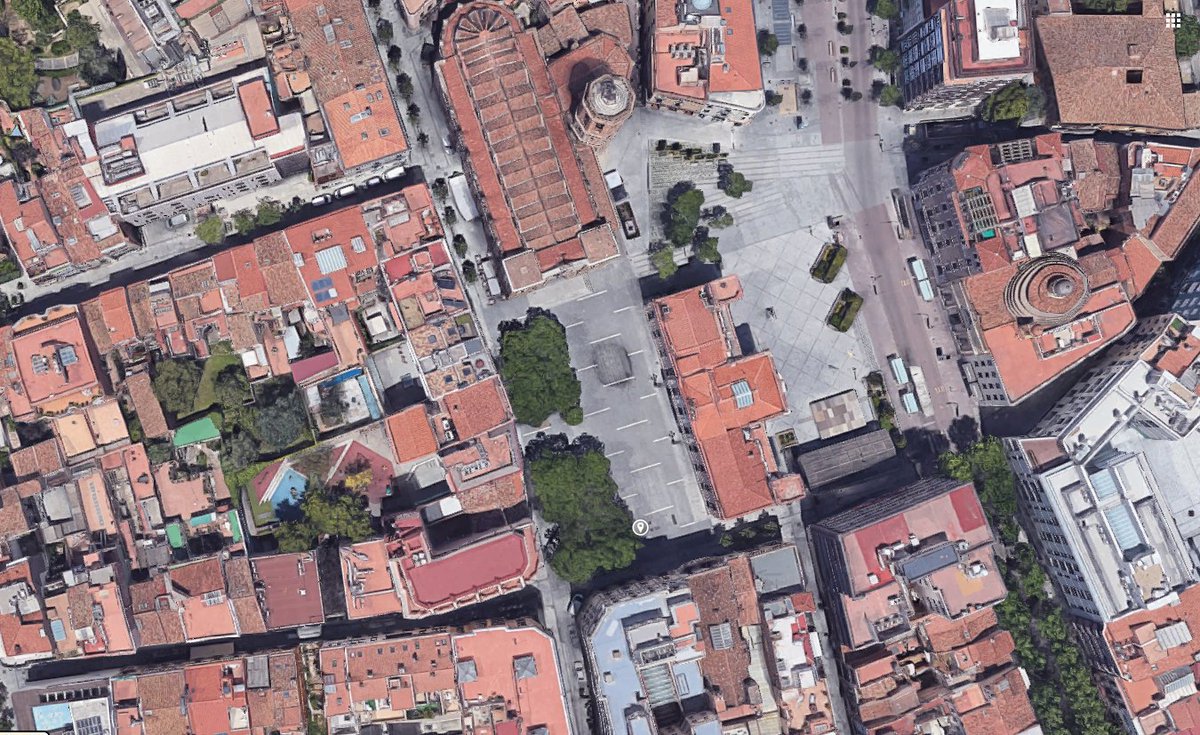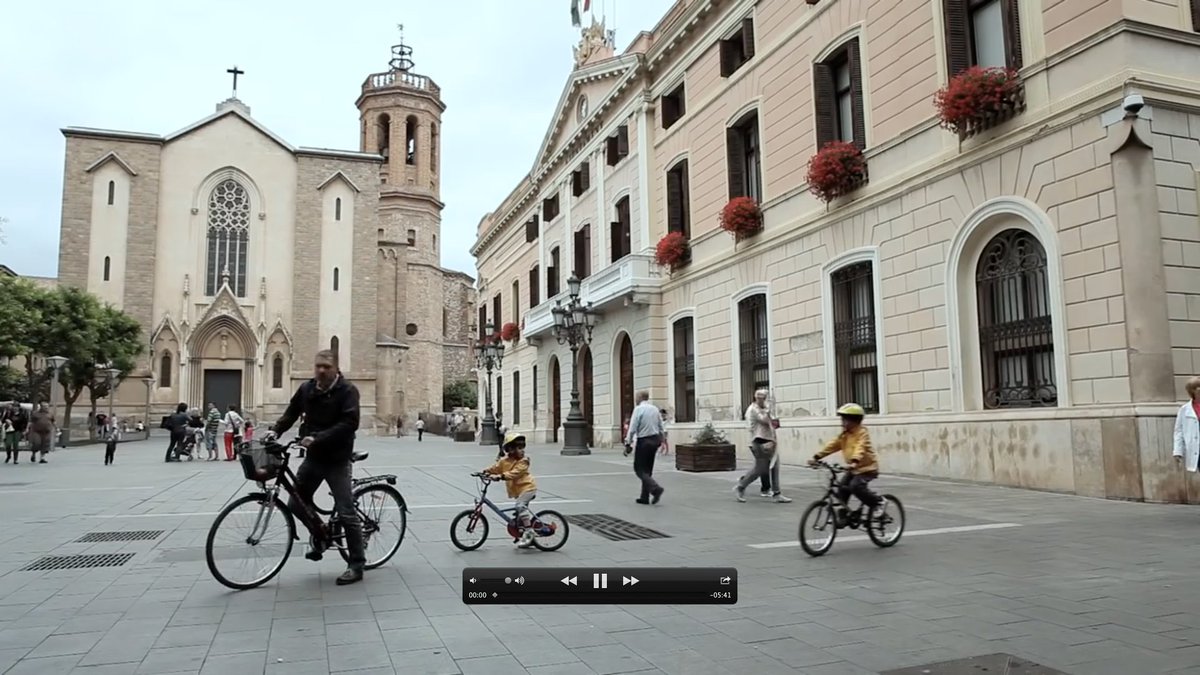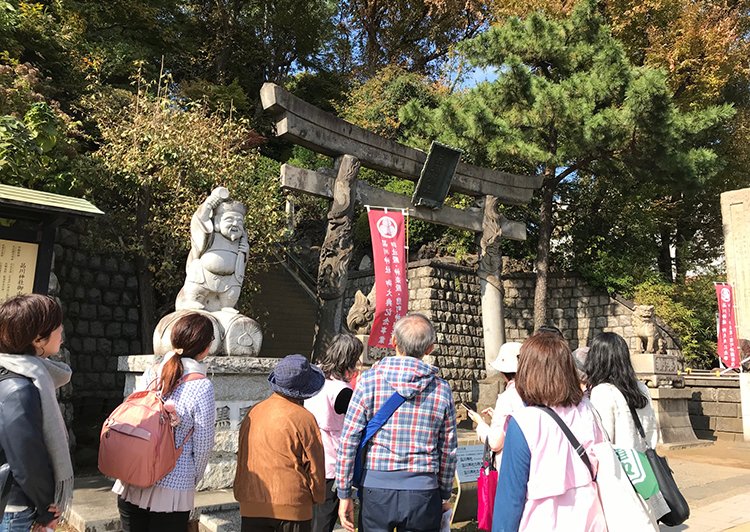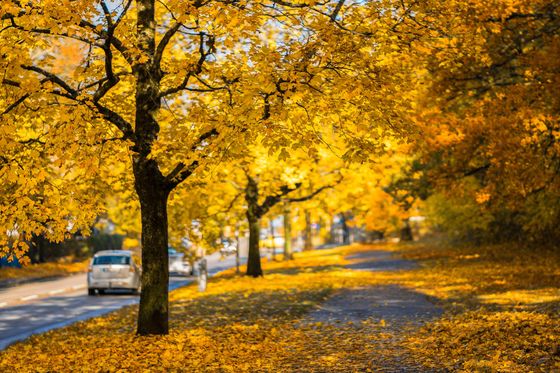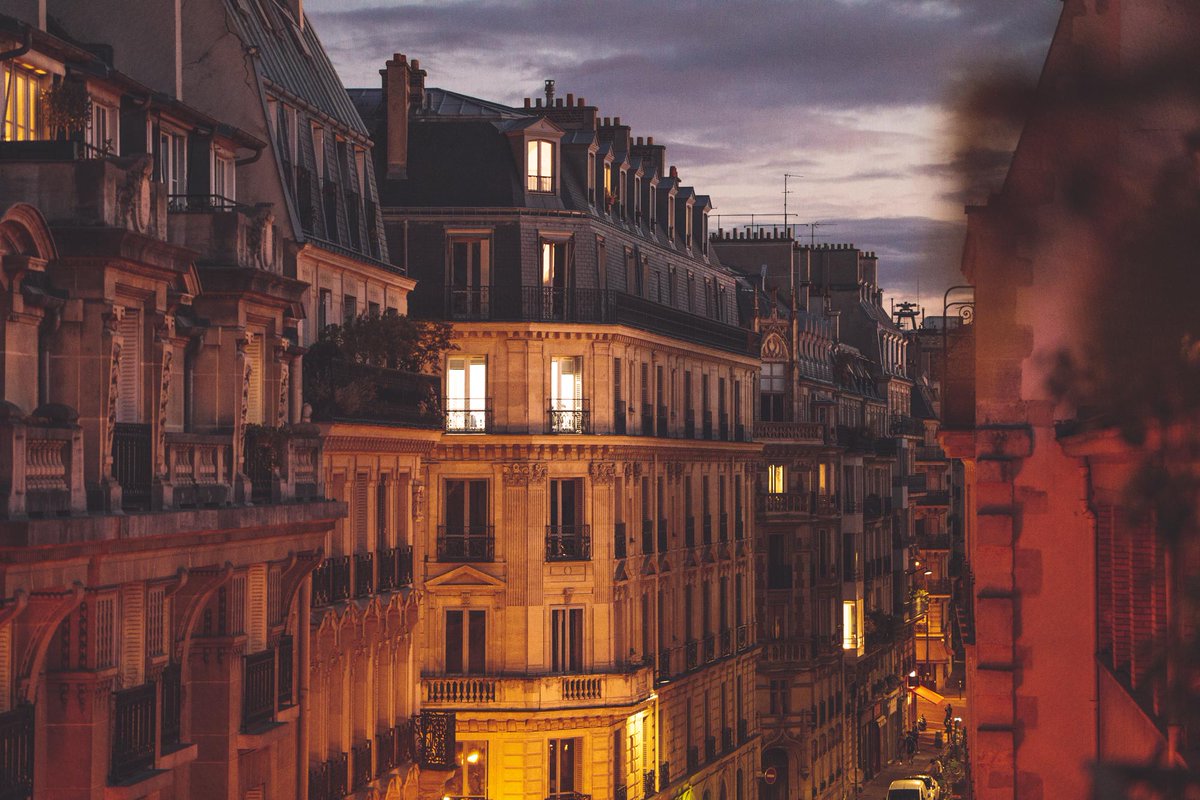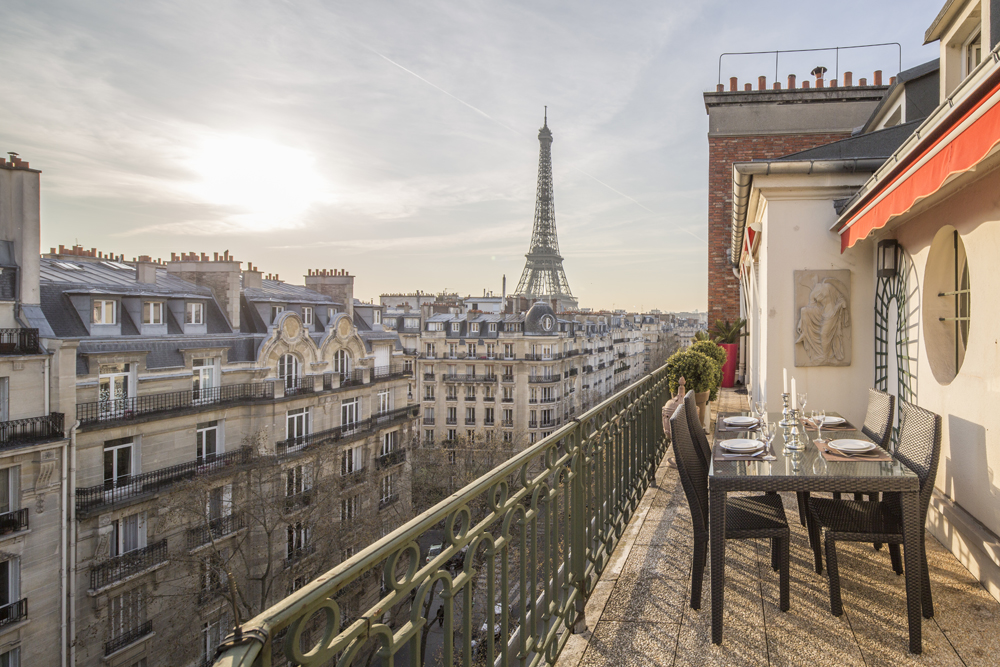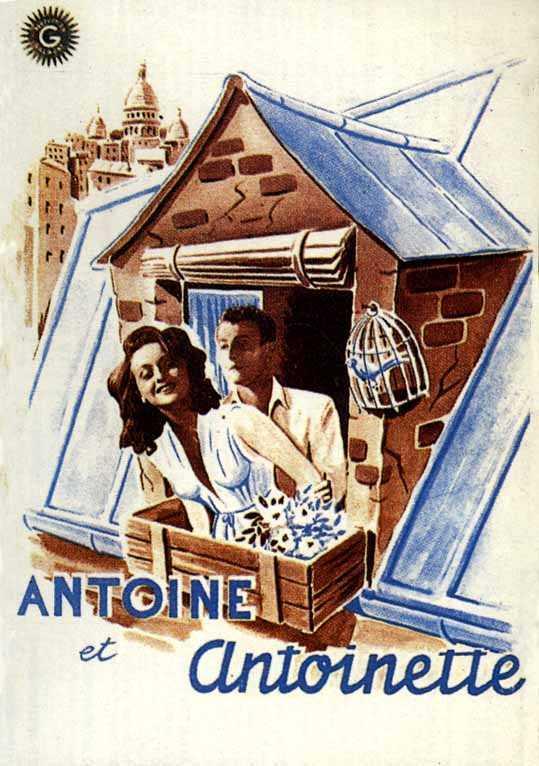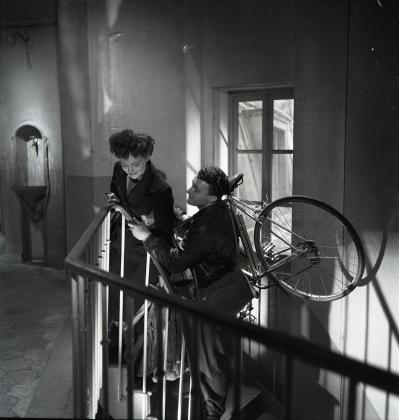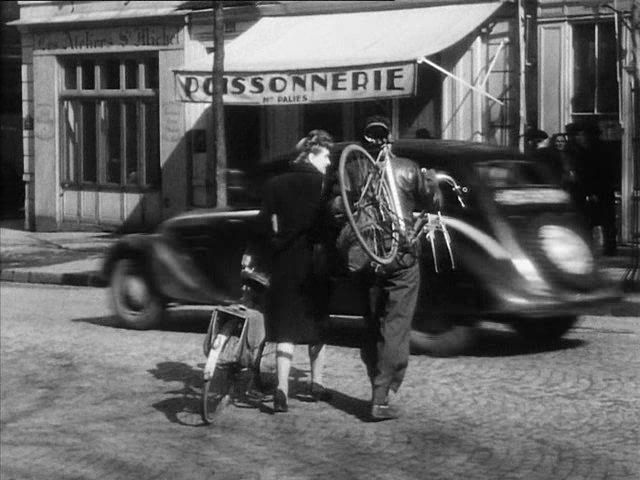
Today's long must read.
https://twitter.com/herandrews/status/1332395481721397250
Some comments. This, is a great phrase, as good or better than anything Chesterton would have written:
«This, Fr. Albrich said, is the “paradox of cloistered orders.” Although they withdraw physically from the world, they remain present in prayer.»
«This, Fr. Albrich said, is the “paradox of cloistered orders.” Although they withdraw physically from the world, they remain present in prayer.»
Faith is fierce. We may think of faith as something dull and meek, but when you encounter it in person it strikes you like a hammer: 

Rituals are the only way we humans have of making sense of death. Ignore them or lose them at your peril: 

• • •
Missing some Tweet in this thread? You can try to
force a refresh



















